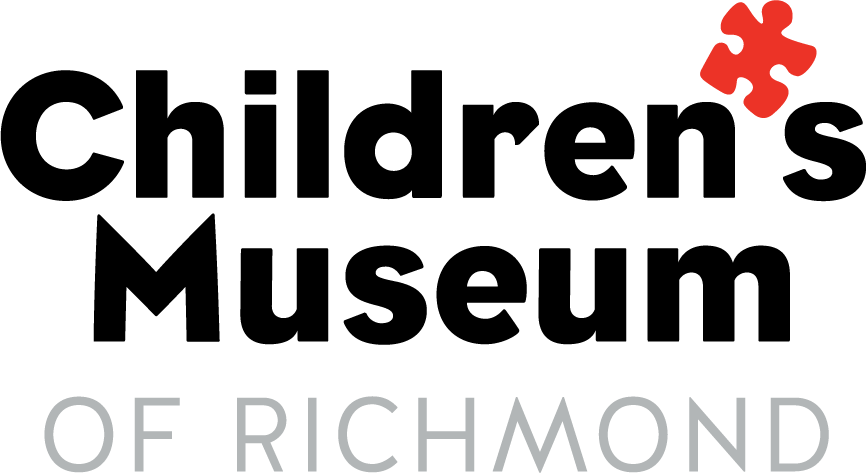Traditions
Traditions are routines that we make magical and momentous.
Published on October 14, 2021
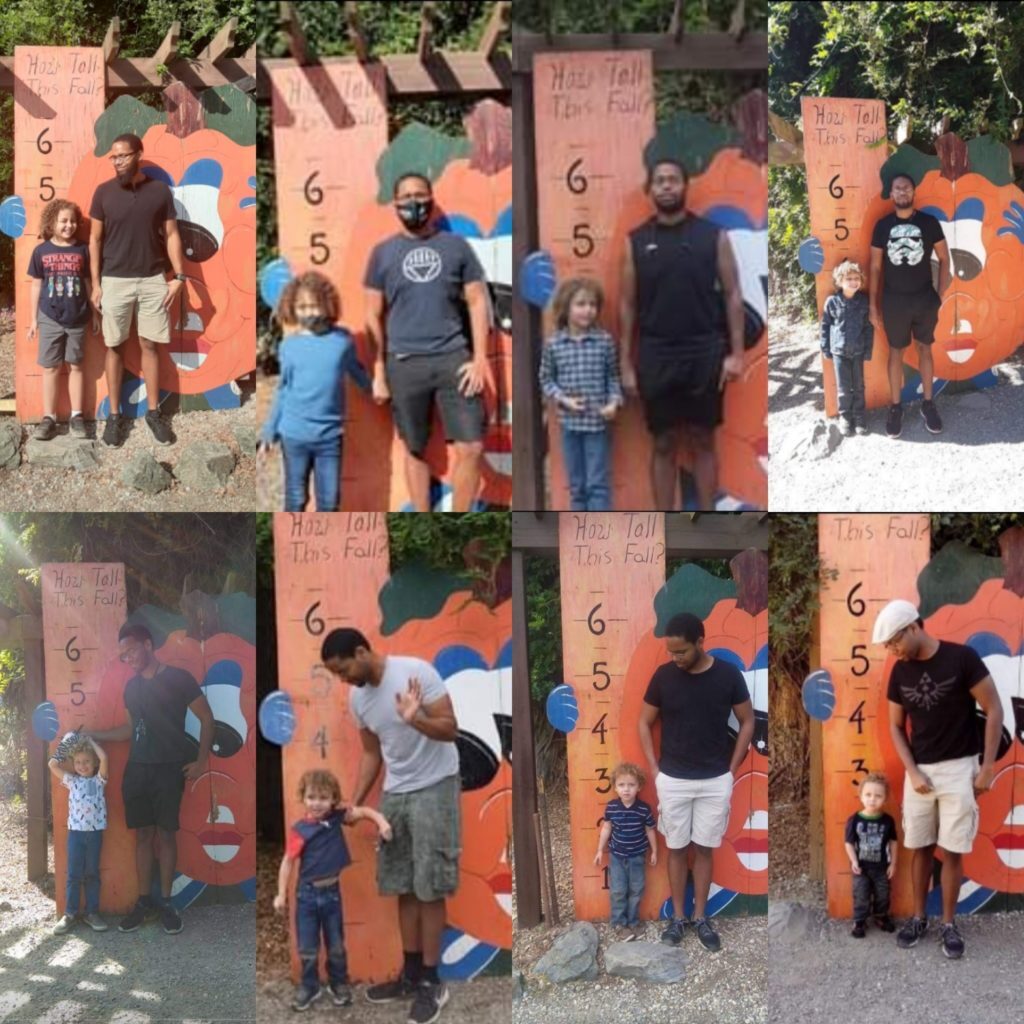
By Melissa Edwards (CMoR Numbers Guru)
“We always…”
I’ve been preoccupied with those words lately—mostly with how often I use them, especially at the precipice of the fall season. For many families, the fall and winter seasons bring with them an endless checklist of traditions to be marked off. That’s how it briefly felt for me as I mentally calculated our family’s agenda for the month of October, which is rapidly followed by the equal parts exciting and anxiety-provoking production that is the Holiday Season. Fortunately, the initial panic over how I will fit all these activities in is quickly soothed by anticipation for familiar and fun family traditions. A child-like excitement and impatience takes over as each event draws near, and no one near me is safe from my exuberance.
“We always go to Ashland Berry Farms every year! I always take a picture of my son in front of the ‘How Tall This Fall?’ sign,” I excitedly told my coworker when asked if I had any plans for the weekend. I then pulled up last year’s collage that catalogued seven years of my son’s growth starting from age 1.
My excitement must have been memorable, because she asked for the updated collage upon my return Monday—now a collection of 8 wonderful years. We stared in awe at how much he has grown, and I warmly recounted all the memories contained within those pictures.
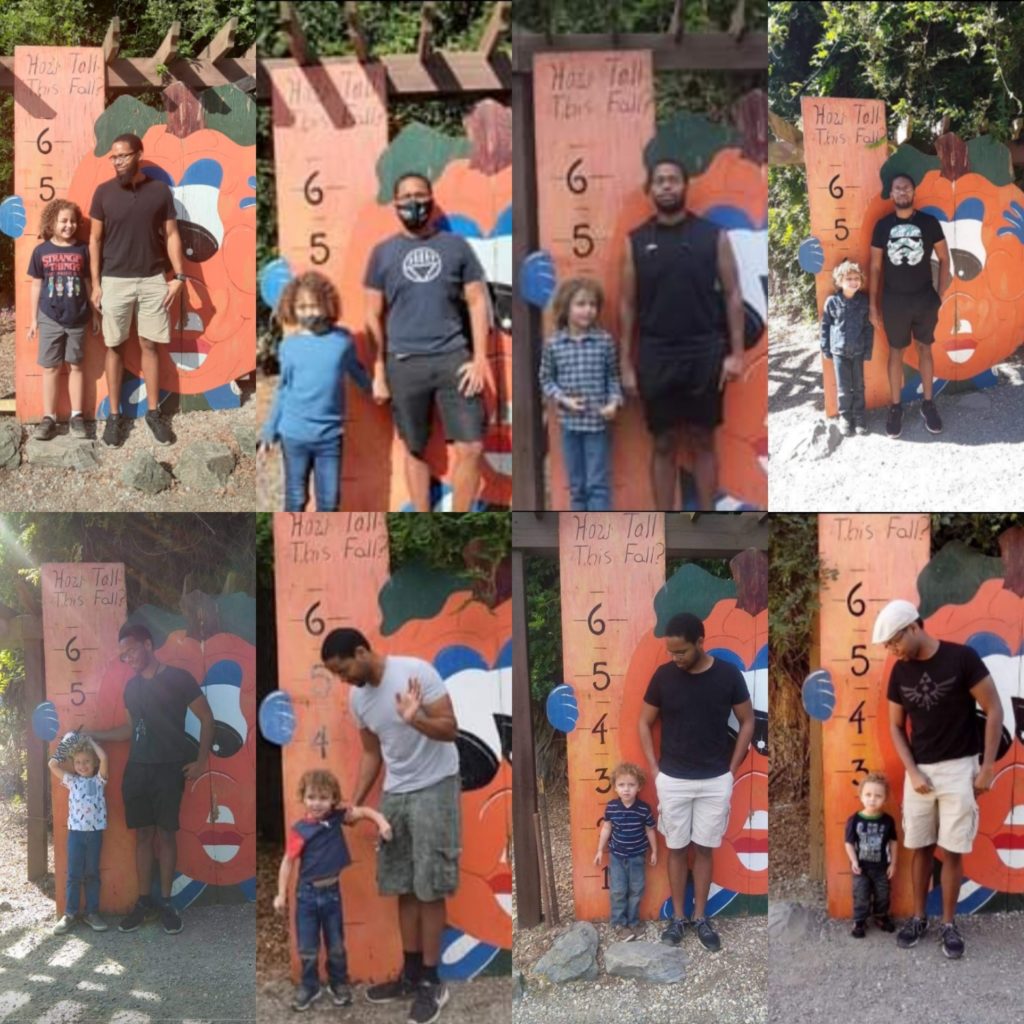
I was then asked if I would be interested in writing about traditions for our blog.
Thus my recent preoccupation with the words, “We always…”
Needless to say, I have been thinking a lot about traditions lately, and I would like to take a moment to share my thoughts with you all.
What is a Tradition?
Traditions are routines that we make magical and momentous.
As parents, we all know the benefits of setting routines for our children. They set expectations, reduce stress, and—through repetition—build confidence in important life skills. Routines give children a sense of security and predictability in a vast, unknown world where the new and foreign is a daily encounter. They are an essential foundation for effective parenting and can help maintain our own mental health in the face of the chaos that children ultimately inspire.
Routines are also boring.
Traditions hold the special place of being both predictable and profound.
Routines are a framework for individual well-being.
Traditions are the moments you share with loved ones.
Oftentimes, the difference between the mundane routines and the cherished traditions is all in how you approach and use them to connect with others
Where Can We Find Traditions?
Traditions come in 3 varieties:
Family, Community, and Cultural
Family Traditions tend to hold the most sentimental weight, and they are the first to come to mind. They can be small things. Every Saturday morning, my husband takes my son out for breakfast so they can have that special time together. They can be big, like our yearly weekend trip to the beach. Big or small, family traditions are memorable and foster a deeper connection anchored by those shared moments.

When I think of Community Traditions, I think of Richmond and all the events we look forward to every year, like trick or treating on Hanover Ave. or the Christmas Parade on Broad Street and—of course—a visit to Legendary Santa at The Children’s Museum of Richmond.
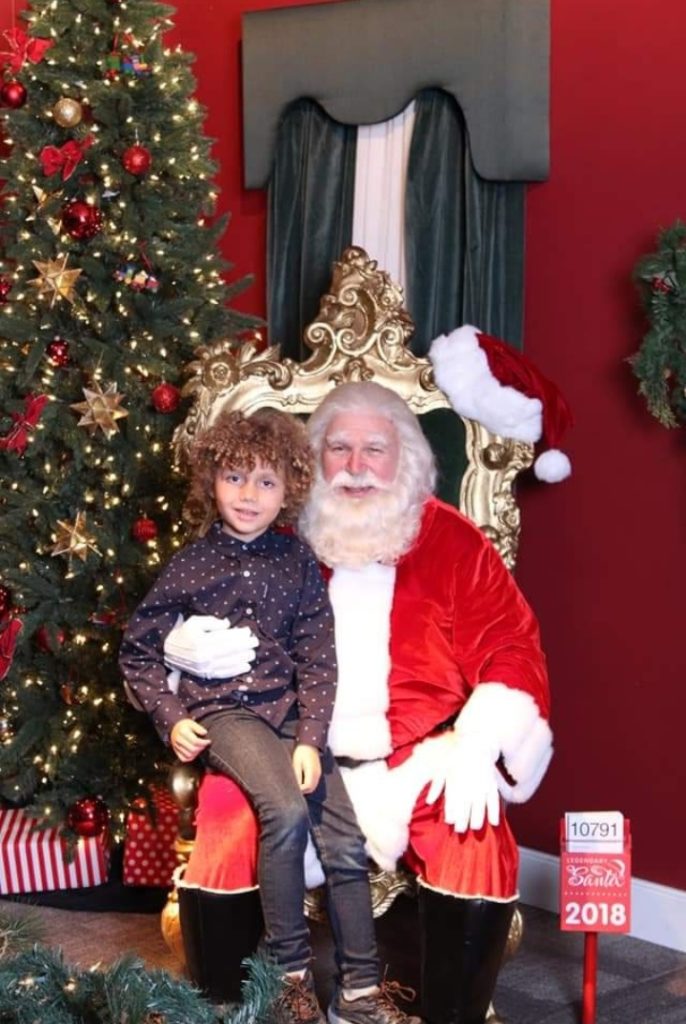
Your community can also be your neighborhood or group of friends. We recently attended the Brookland Park Block Party in our neighborhood and relished meeting with neighbors and local business owners alike.
Cultural Traditions frequently overlap with and inform Family and Community Traditions, but they link a broader community that can span the entire globe. They can be regional traditions, often in the form of yummy food served for special occasions. As a Midwest transplant, a 15-year residence has officially converted me to baked mac and cheese on the Thanksgiving table and black-eyed peas on New Year’s Day. They can be national traditions, like fireworks on the 4th of July. They can be religious traditions, like the lighting of the menorah during Hanukkah for my Jewish friends, or ethnic traditions, such as the ritual dances performed by Native American communities. The most important thing is that they connect people with shared values, regardless of geography.
Take a moment to think of a few of your own traditions. Can you think of at least one for each category?
How Do Traditions Help My Child?
Traditions are essential to child development. They reinforce family and cultural values and help orient a child’s understanding of where they belong in a community. Traditions allow children to look outside of themselves and develop communal stewardship. They are also imperative to building healthy self-esteem. A 2014 study that surveyed 5,000 young people from countries all around the world potentially corrects a common misunderstanding about self-esteem:
“Young respondents base their self-esteem not on their own personal values — which seem to have little or no influence on their self-regard — but on the fulfillment of the value priorities of other individuals in their cultural environments.”
Since they are a tangible manifestation of these cultural values, you can see how adding traditions to a child’s life creates an opportunity for that child to fulfill and feel included in those values.
Traditions also build a child’s ability to recall and anticipate—simultaneously connecting the past and future. When I showed that old collage picture from the pumpkin farm to my son, I was amazed at what he was able to remember, and he declared all the things he wanted to repeat this year. When we got there, I never had to request that he pose in front of the sign; he already anticipated it (and then excitedly looked at my phone to see how much he had grown.)
“I wonder how tall I will be next year,” he mused.
How Can I Add Traditions?
Good news, the steps are two-fold and simple: pick an activity, then repeat.
It really doesn’t have to be grand, complicated, or expensive. The best traditions can be small, simple and free. It’s the Sunday walk in the park, the weekly trip to the local library, and the story read at bedtime.
The best part of traditions is that you get to decide which ones you keep.
Think a moment about how traditions reflect family and cultural values. What are the values you want to teach your children? Is it the same values you grew up with and want to continue? Maybe they’re new values that you never had but want to bring to your family.
I don’t have all the same values that I grew up with, and that’s okay. In fact, it’s more than okay; it is fantastic and empowering. Traditions are not chains to the past. They evolve over time, and I am happy to see that they are becoming more inclusive. As parents, we are the drivers of these values and traditions, and it is imperative to be intentional in their application.
Incorporating Others’ Traditions
Traditions also offer an opportunity for inclusivity and developing empathy. One of my favorite things to do during the Holiday season is to visit the Holiday Village at the Children’s Museum of Richmond. Each house showcases 6 holidays celebrated in the diverse Richmond community—Chinese Lunar New Year, Diwali, Eid, Hanukkah, Kwanzaa, and Christmas—and how families might decorate their homes for each holiday. My son loves looking at the different toys, clothes, and books associated with each celebration. Hopefully when he encounters people in our community who may celebrate differently than we do, he won’t approach it as strange or wrong, but as different and beautiful.
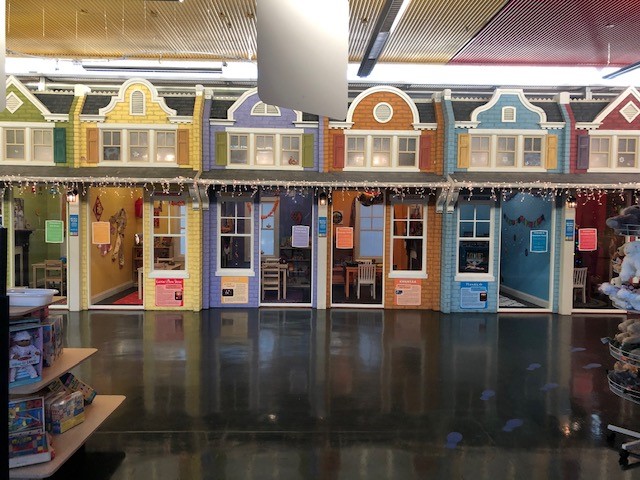
We are continually becoming more inclusive as a society, and exposing our children to different traditions allows them to bring so many wonderful people into their circle of understanding. The world is a wondrous place; it would be a shame to miss out on anyone because of our differences.
Who can you bring into your child’s circle today? Who will you include?
Fun Activities
Take a moment over the next few months to talk about traditions with your child(ren). Show your child pictures of past traditions, mark those traditions on your calendar and anticipate with them as the tradition approaches.
Have your child invent their own tradition! They can draw a picture of what that tradition would look like, and if they are older, they can write a story about that tradition. It could be anything their creative minds can imagine!
Start a tradition scrapbook with them. Make a page for each tradition where they can draw pictures of or describe their favorite parts. If there are any, attach a small momento or photo from the tradition. You can come back to them later and recollect those moments with them.
Most importantly because it is so easy to forget:
